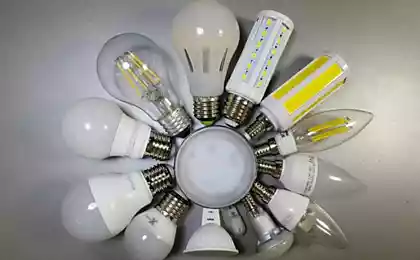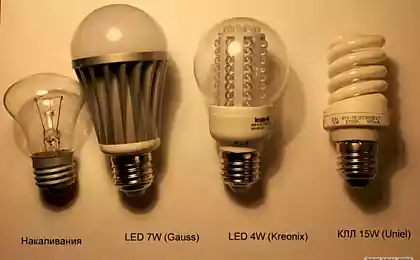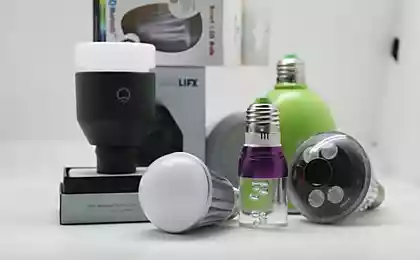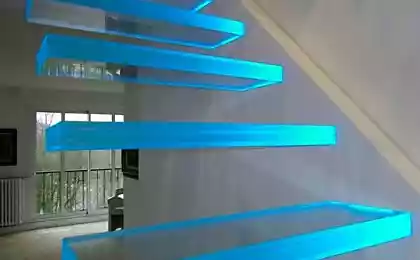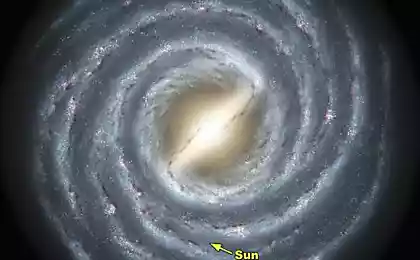522
Li-Fi: wireless data transfer using light
Soon, the widespread of wireless communication Wi-Fi there is an alternative — technology Li-Fi, which was developed by experts from the University of Edinburgh (UK) under Professor Harald Haas (Harald Haas).
Unlike Wi-Fi network, in which data is transmitted by radio, Li-Fi offers the exchange of information using light. This is supposed with a high frequency to change the intensity of the light emission led lamp (LED): the oscillations occur so fast that is simply invisible to the human eye. To register the thus encoded data packets use a special photodetector.

In 2012, Haas showed how using led Desk lamps you can transmit high quality video over a wireless connection. During the presentation, he closed the light flux hand — playback is immediately stopped.
It is worth noting that during a demonstration last year, the throughput of Li-Fi amounted to 10 Mbps. At the moment, the scientists were able to achieve 130 Mbps, and in the future, as reported, will be taken abroad in 1 GB/s.
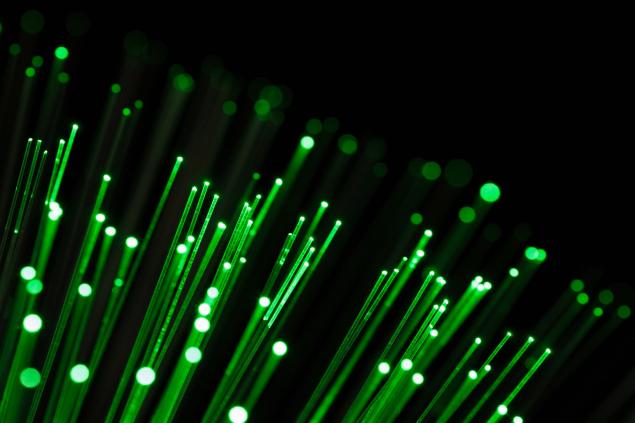
Scientists say that the prototype system needs no expensive components in any of the antennas. This technology can be useful where for one reason or another do not want to use the radio waves and cable laying difficult. However, Li-Fi has a significant drawback: between the light source and receiver must be line of sight.
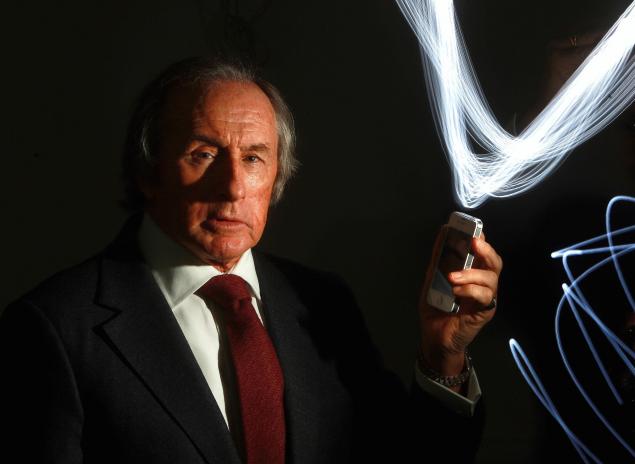
Source: /users/413
Unlike Wi-Fi network, in which data is transmitted by radio, Li-Fi offers the exchange of information using light. This is supposed with a high frequency to change the intensity of the light emission led lamp (LED): the oscillations occur so fast that is simply invisible to the human eye. To register the thus encoded data packets use a special photodetector.

In 2012, Haas showed how using led Desk lamps you can transmit high quality video over a wireless connection. During the presentation, he closed the light flux hand — playback is immediately stopped.
It is worth noting that during a demonstration last year, the throughput of Li-Fi amounted to 10 Mbps. At the moment, the scientists were able to achieve 130 Mbps, and in the future, as reported, will be taken abroad in 1 GB/s.

Scientists say that the prototype system needs no expensive components in any of the antennas. This technology can be useful where for one reason or another do not want to use the radio waves and cable laying difficult. However, Li-Fi has a significant drawback: between the light source and receiver must be line of sight.

Source: /users/413



